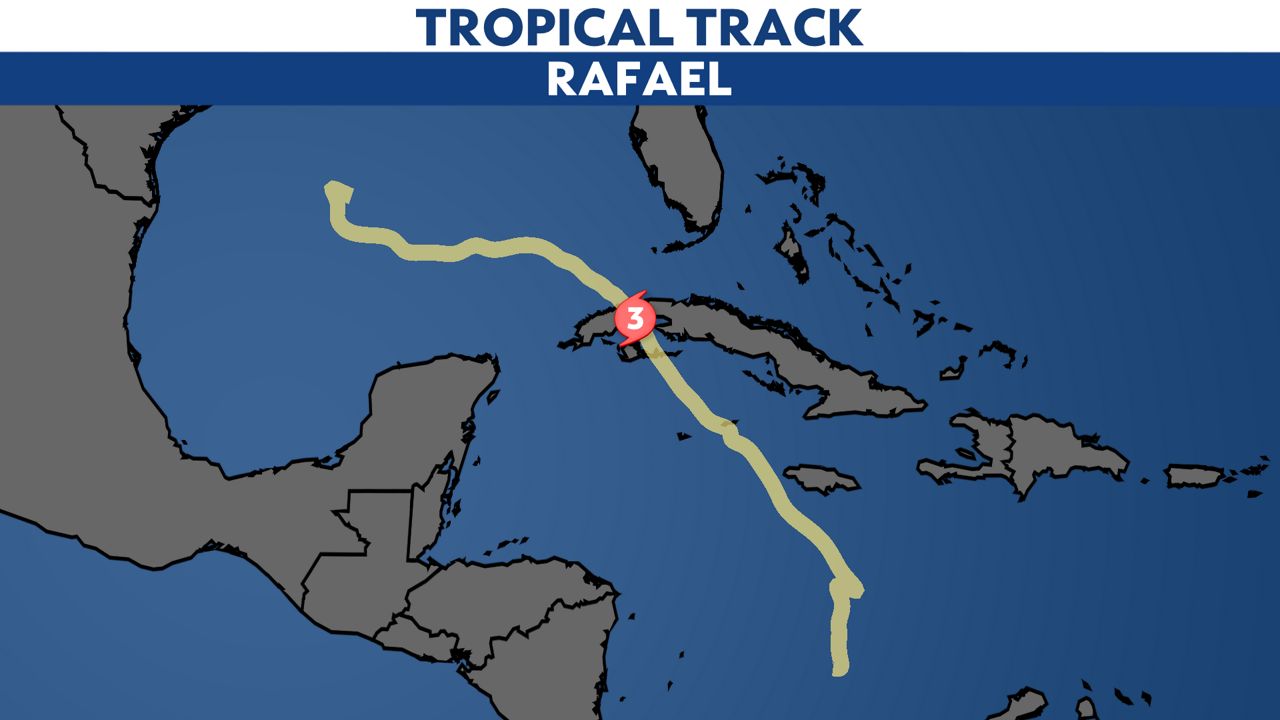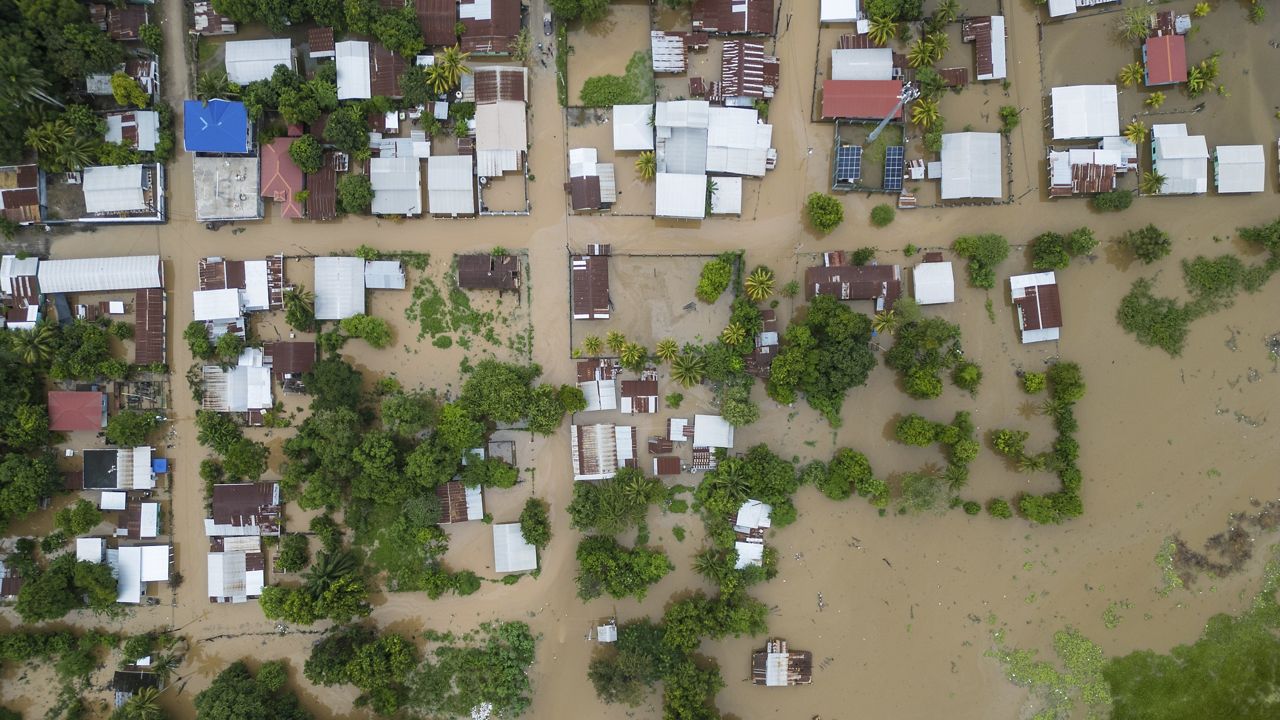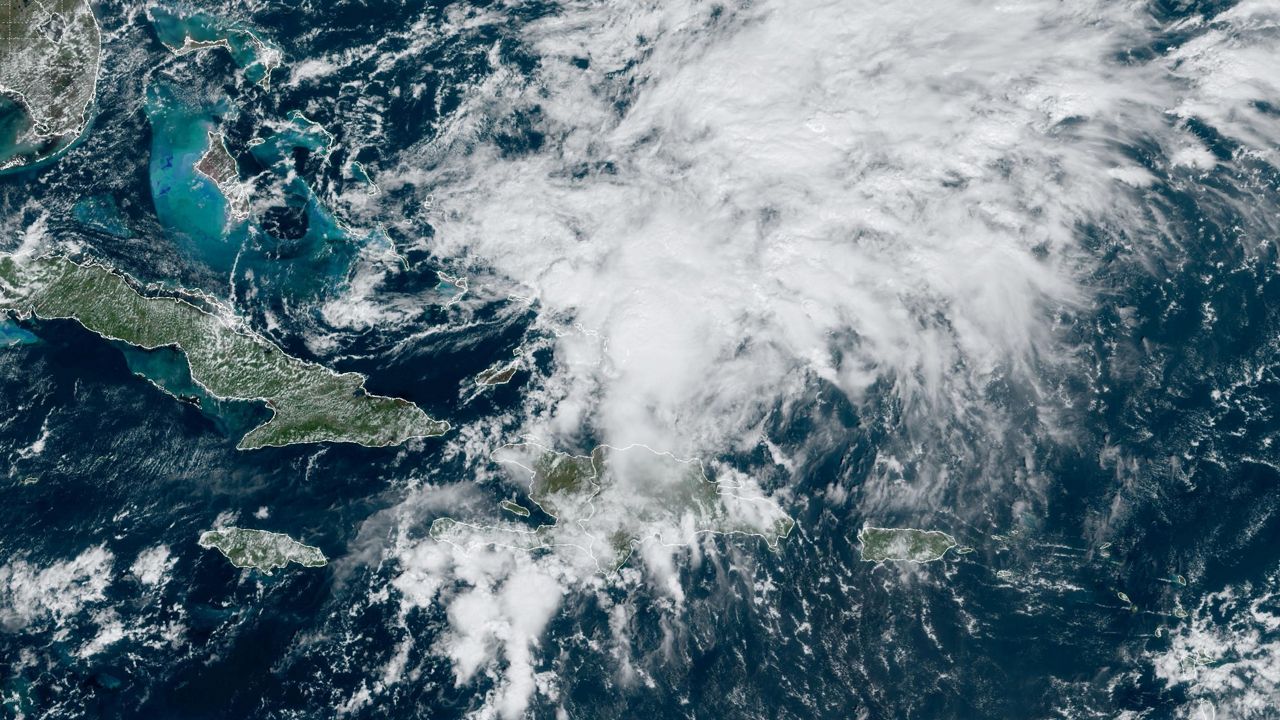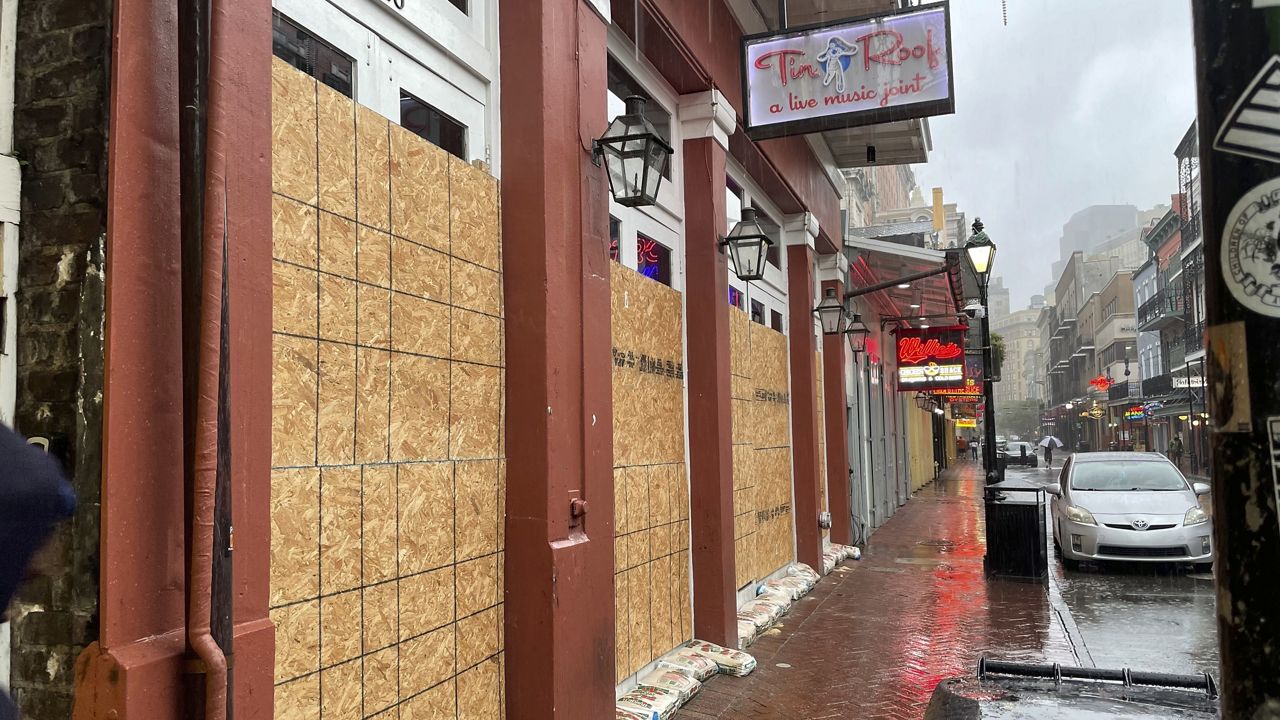Rafael has dissipated in the Gulf of Mexico. It will go down tied with Hurricane Kate in 1985 as the strongest November storm in the Gulf of Mexico on record. It was the 17th named storm of the 2024 Atlantic hurricane season, 11th hurricane and 5th major hurricane.
Rafael formed into a named storm on Nov. 5, and became a hurricane on Nov. 6.
What You Need To Know
- Rafael made landfall in Cuba on Wednesday, Nov. 6
- Rafael is expected to stay over the open waters of the Gulf and weaken further
- Seas along the Gulf coast should continue to subside
After developing into a tropical storm, it passed closely by Jamaica, bringing strong winds and flooding to the island. It moved north and passed through the Cayman Islands while it strengthened on its approach to Cuba.
Rafael rapidly intensified in the Caribbean Sea, becoming a major hurricane on Nov. 6. It made landfall in the province of Artesima, about 45 miles west of Havana, Cuba as a major hurricane, a Category 3 storm with max winds of 115 mph.

It moved back over the Gulf of Mexico, where it meandered over the open water for a few days, but eventually dissipated on Sunday, Nov. 10.
According to the Associated Press, no fatalities were immediately reported in Cuba. However, two people were confirmed to have died in Jamaica because of flooding caused by Rafael. Over 461 homes in Cuba collapsed during the storm and over 280,000 people from across the country had been evacuated.
Rafael knocked out the country’s fragile power grid and caused extensive damage to the western portions of the islands, downing trees and damaging infrastructure.
Check to see how the rest of the 2024 Atlantic hurricane season is going so far.
Our team of meteorologists dives deep into the science of weather and breaks down timely weather data and information. To view more weather and climate stories, check out our weather blogs section.






)


